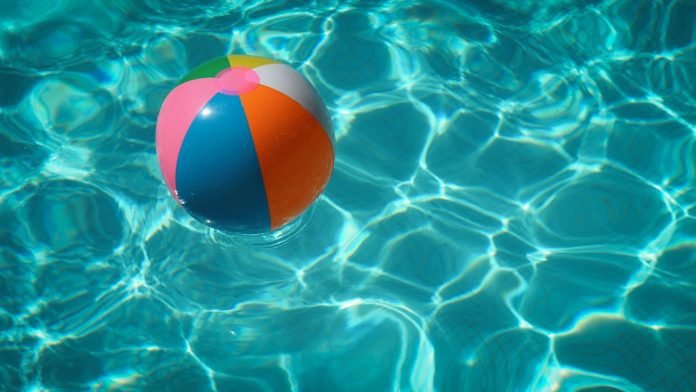Last Updated on September 12, 2023 by
As a result of inflation, prices of pool services have increased by approximately 31 percent in states like California. While many deem the price of professional pool maintenance worth it, can you do it yourself?
The short answer is that you can!
However, if you want to check pool chemicals and obtain accurate results from your pool test kit, you have to understand how to do it. Keep reading to find out how to check your pool water quality and pool chemical levels.
Table of Contents
1. Choose Your Testing Method
When you want to check your pool chemicals, you can choose from one of two methods. The first is to use a pool water testing kit and the second is to hire professionals to balance pool chemicals for you.
If you choose a kit you can choose from multiple types. These include liquid test kits, test strips, and digital kits.
Liquid test kits require careful use to yield accurate results. Test strips are easy to use but can become contaminated if not treated with care. Digital test kits are the easiest to use but are the most expensive of these options.
2. Read The Instructions
While this list serves as a guideline for the average pool test kit, it’s still important to review the instructions listed on your chosen kit. The kit may have different methods of collection, testing, and results than others.
3. Collect Pool Water Sample
Once you have your kit ready, you need to collect your sample. For the best results, make sure you use a clean container and collect from the right depth. Ideally, the sample is collected approximately 12-18 inches below the surface.
To achieve this, turn your collection vial upside down so that the top is pointed at the bottom of the pool. This helps keep surface water from entering the vial. Once you’re at the right depth, turn the vial toward the surface.
4. Compare The Results
Whether adding a reagent to a liquid kit or drops of your sample to test strips, start your pool water quality test after collecting your sample. Compare your pool chemical levels to the normal values below.
- pH: 7.2-7.8
- Total Alkalinity: 80-120 ppm
- Free Chlorine: 1-3 ppm
- Calcium Hardness: 200-400 ppm
- Cyanuric Acid: 30-50 ppm
If the pool chemical levels fall within these ranges (or the ranges listed on your kit), then the pool water testing process is complete. However, if they don’t, you’ll need to move on to the last step.
5. Balance Pool Chemicals
If you need to balance pool chemicals, you can either call professionals such as Majestic Pool Service in New York (https://www.majesticpoolinc.com/) or do it yourself.
If you plan to do it yourself, make sure the water is circulating in your pool by turning the pump on. Follow the directions on your pool test kit to make the necessary adjustments.
When To Check Pool Chemicals
To maintain your pool chemicals, it’s important to make a routine of pool water testing. This should be done at least every two weeks and after adverse weather such as rainstorms.
Keep Your Pool Chemicals In Check
Keep your pool chemicals in check by making a habit of pool water testing. Be sure to follow the instructions on your pool test kit for the most accurate results. If you have any questions, contact pool professionals.
For more helpful guides and recommendations, visit our blog.
Read More: Easy pool maintenance tips



























